 Last Saturday, Italian sailor Alessandro Tosetti was returning from sailing Aspra, a ULDB 65′, in the Global Solo Challenge, when his boat was attacked by orcas in the Strait of Gibraltar. Tosetti describes the attack in his race blog.
Last Saturday, Italian sailor Alessandro Tosetti was returning from sailing Aspra, a ULDB 65′, in the Global Solo Challenge, when his boat was attacked by orcas in the Strait of Gibraltar. Tosetti describes the attack in his race blog.
“I had prepared for the storm and never imagined that a group of orcas would attack me in the Strait of Gibraltar. Large animals about 5 meters long, a family group, I’m told, that for about half an hour battered Aspra, especially its rudder.
I had positioned myself in a southern corridor with few ships to get some rest! The attack began with blows. I followed the procedure I had read: turned off the autopilot and sonar, lowered the sails… it was all in vain, after the first hits, the hydraulic part of the autopilot exploded with all the oil in the bilge, the cables tangled on the quadrant… adrift in the middle of the Strait with ships passing by.

 There is much that we do not know about William Shakespeare. The
There is much that we do not know about William Shakespeare. The  A
A 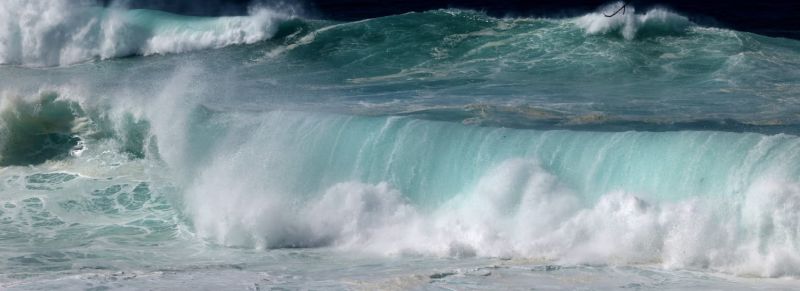 The
The  A
A 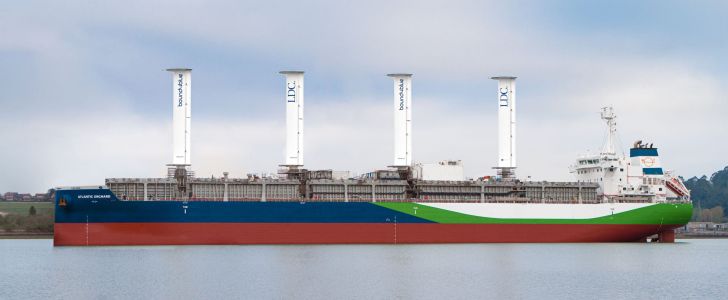 The Spanish cleantech engineering firm
The Spanish cleantech engineering firm 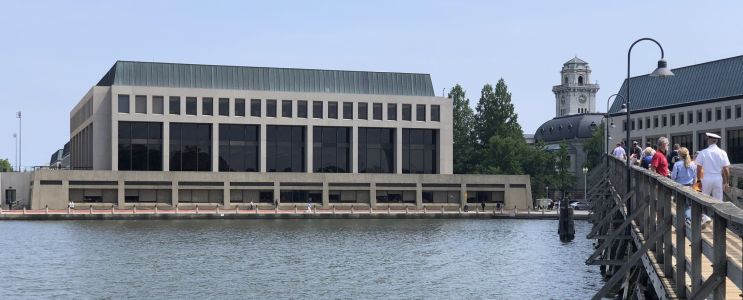
 Iceland’s only active whaling company,
Iceland’s only active whaling company,  The
The 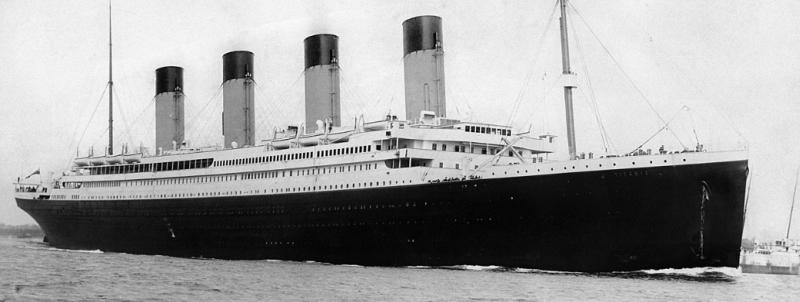 One hundred and thirteen years ago this week, the
One hundred and thirteen years ago this week, the 
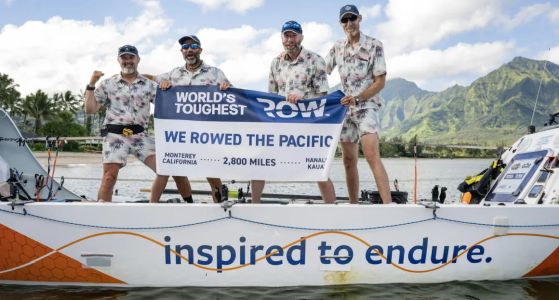 Today, April 11th, is
Today, April 11th, is 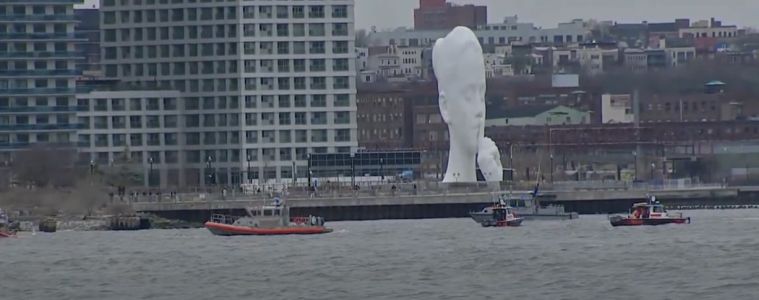 Six people died when
Six people died when 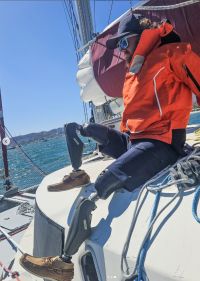 A wonderful story reported by the BBC.
A wonderful story reported by the BBC. 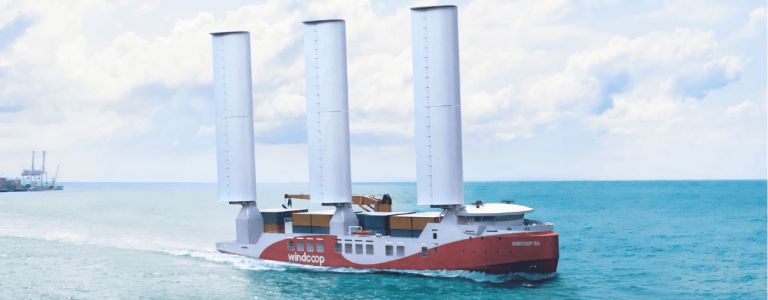 In February, we
In February, we 
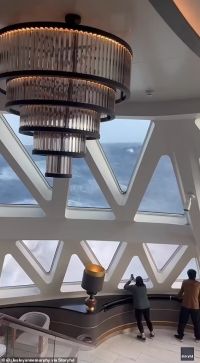
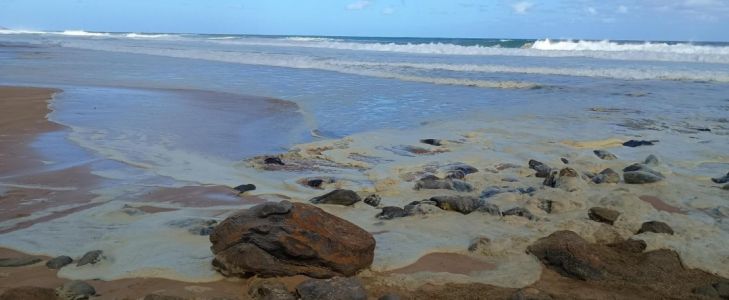 We recently
We recently 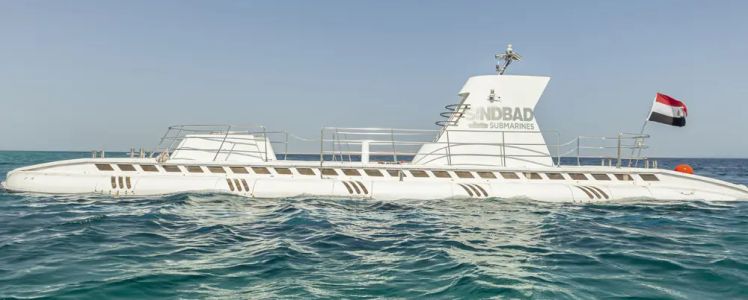
 Last week, Trump’s Defense Department removed
Last week, Trump’s Defense Department removed